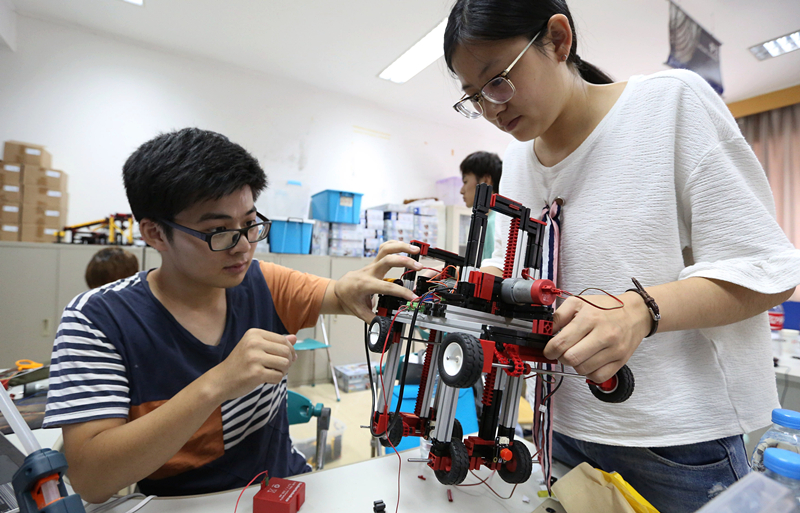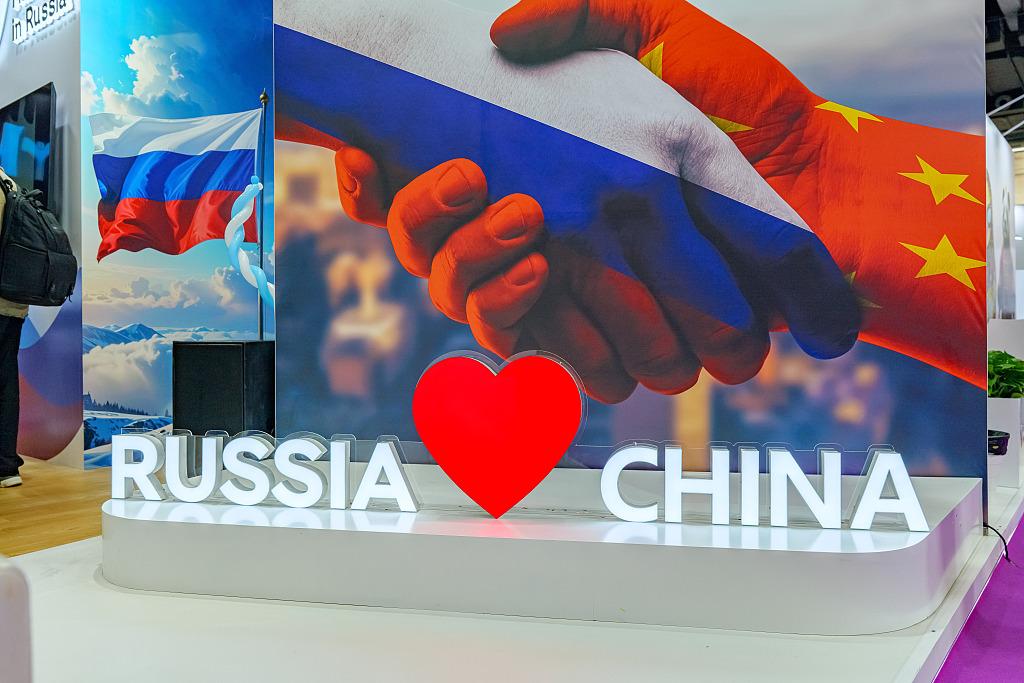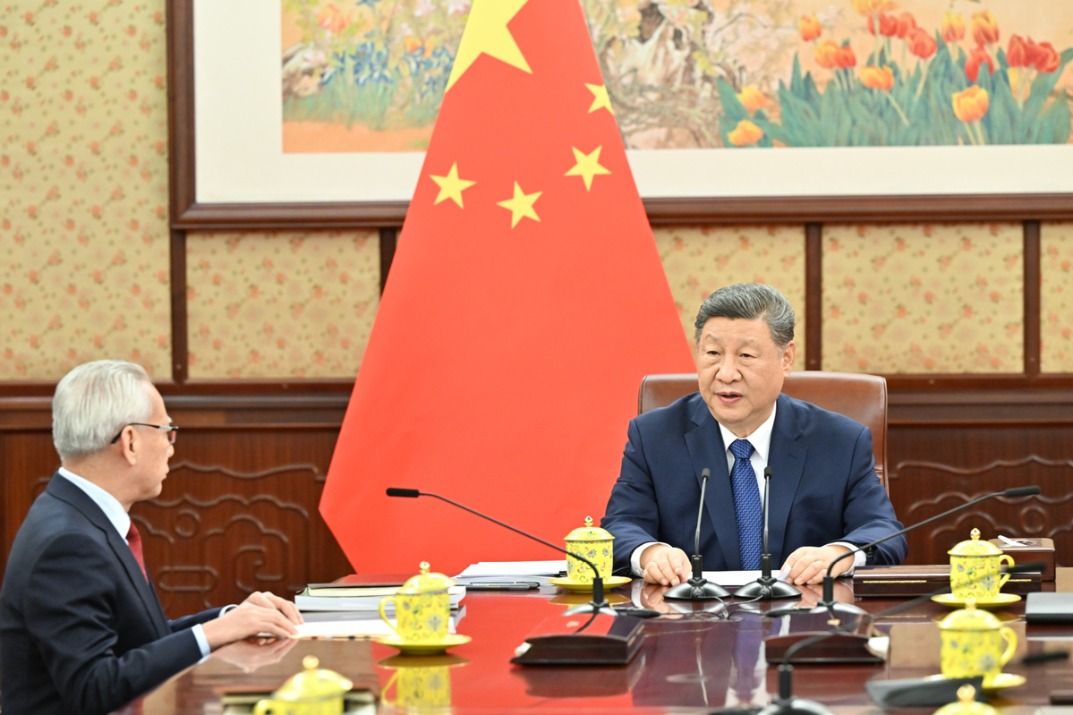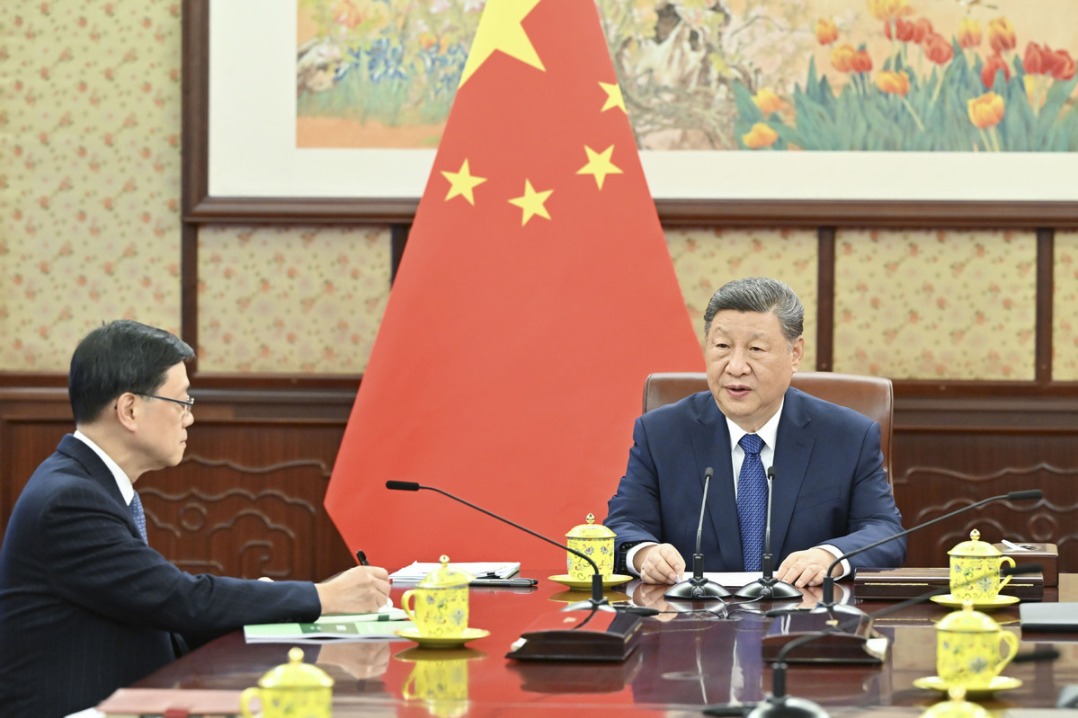Three-way approach gets down to business
By Cai Hong in Tokyo | China Daily | Updated: 2018-07-24 07:30

Geographically, the ROK is situated in the center. Its capital, Seoul, lies approximately on the midpoint of a line joining the capitals of China and Japan, Beijing and Tokyo.
Economically, the three economies are complementary.
They are all outward looking and their growth depends on their economic relations with their two neighbors.
They trade heavily among themselves, and Japan and the ROK have invested in China, with many of their companies setting up subsidiaries or joint ventures in the country.
China is the ROK's biggest trading partner and overseas investment market, while the ROK is China's fourth-biggest trading partner.
In the first five months of this year, the trading volume between the two economies topped $122 billion, up by 9.2 percent year-on-year.
Japanese exports to China rose to 14.9 trillion yen last year, a 20.5 percent increase over the previous year, marking the highest figure since statistics were first recorded in 1979, according to the Japanese Finance Ministry.
However, people in East Asia are worrying about the impact the protectionist policies being adopted by the Trump administration will have on economic cooperation in the region.
The US started to impose 25 percent tariffs on $34 billion worth of Chinese imports on July 6.
The Japanese government estimates at least $6.9 billion worth of goods from Japanese companies in China will be targets of the new US tariffs, as they are earmarked for export to the US, according to Kyodo News Agency.
The US is Japan's top destination for its exports, followed by China.
Kyodo said that if the trade dispute between China and the US worsens to a chronic level, Japanese companies will likely move their production sites from China to Southeast Asia to safeguard their earnings.
But Chinese companies are still pushing for cross-border cooperation.
Zhang Linfeng, vice-president of ZTE, the Chinese multinational telecommunications equipment and systems company, said China, Japan and the ROK are complementary.
He said Japan leads in processing and the quality of parts, and ZTE, which is strong in research and development, has plenty of patents.
Meanwhile, ROK companies are well-known for their innovation.
"Businesses in the three countries should have more exchanges and join hands to produce new products," he added.
"ZTE is an international company and its global presence can help explore the global market."
Satoshi Mukuta, senior managing director of Keidanren, Japan's largest business lobby organization, said the three East Asian countries should have more cooperation in other economies, adding that Japanese businesses support such joint projects.
Eom Chi-sung, deputy secretary-general of the Federation of Korean Industries, expects that if peace is declared on the Korean Peninsula, China's Belt and Road Initiative will be expanded to the Democratic People's Republic of Korea.
"The expansion will promote economic cooperation in East Asia," Eom said.
caihong@chinadaily.com.cn
























